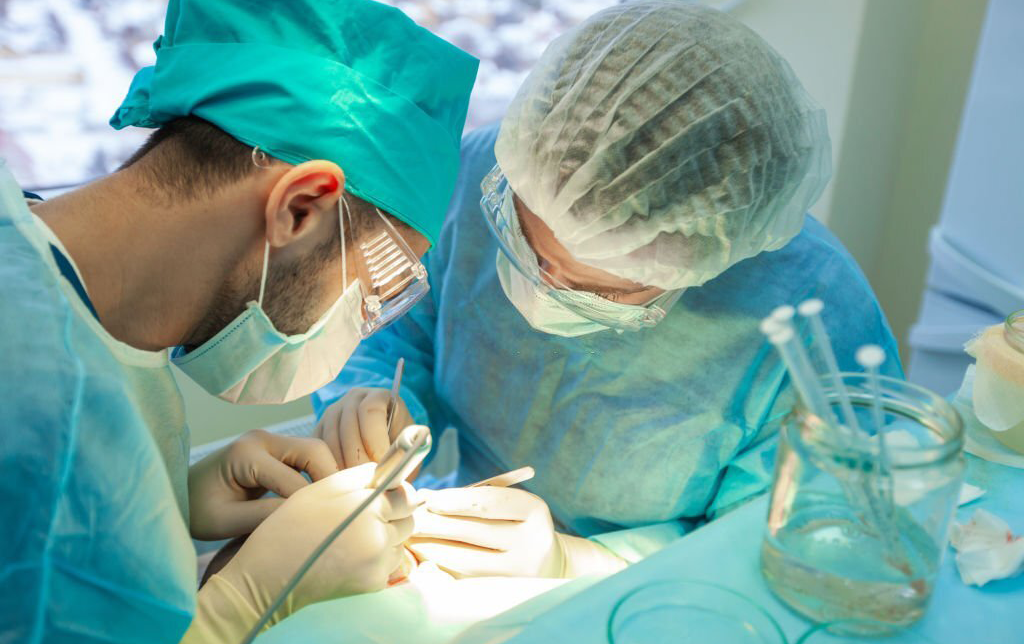Blogs

Mastering Head and Neck Reconstruction: Techniques, Advancements, and Considerations
In the realm of reconstructive surgery, the field of head and neck reconstruction stands out due to its complexity and critical importance. This specialty addresses a wide range of issues from congenital anomalies and traumatic injuries to oncologic resections and functional impairments. As part of the Procedures in Reconstructive Surgery Series, this guide explores the art and science behind head and neck reconstruction, offering insights into key techniques, recent advancements, and essential considerations for both surgeons and patients.
Understanding Head and Neck Reconstruction
Head and neck reconstruction encompasses a variety of surgical procedures designed to restore both form and function following trauma, disease, or surgical interventions affecting the head and neck. These procedures aim to repair defects, improve aesthetics, and enhance functional capabilities, often requiring meticulous planning and execution. The complexity of these surgeries demands a multidisciplinary approach, involving collaboration between various specialties to achieve the best possible outcomes.
Key Techniques in Head and Neck Reconstruction
- Local Flaps
– Description: Local flaps involve mobilizing nearby tissue to repair defects and restore contour in the head and neck region. These flaps are based on the blood supply from adjacent vessels and are typically used for smaller defects where local tissue can be adequately stretched.
– Advantages: Minimally invasive and often involves shorter recovery times compared to more complex reconstructive options.
- Regional Flaps
– Description: Regional flaps utilize tissue from adjacent areas with similar blood supply patterns to address larger defects or areas with limited local tissue. Common regional flaps include:
– Deltopectoral Flap: Uses tissue from the chest and shoulder region.
– Supraclavicular Flap: Utilizes tissue from above the clavicle.
– Cervicofacial Flap: Draws tissue from the neck and face.
– Advantages: Suitable for larger defects and offers various options based on defect location and size.
- Microvascular Reconstruction
– Description: Involves transferring tissue from distant donor sites to reconstruct complex defects. Techniques such as:
– Fibula Free Flap: Harvests bone and soft tissue from the lower leg.
– Radial Forearm Free Flap: Uses tissue from the forearm.
– Anterolateral Thigh Flap: Utilizes tissue from the thigh.
– Advantages: Provides highly vascularized tissue, allowing for detailed restoration of form and function with minimal donor site morbidity.
- Bone Grafting
– Description: Used to address skeletal defects from trauma, tumor resection, or congenital anomalies. Bone grafts can be taken from:
– Iliac Crest: Bone from the pelvic region.
– Fibula: Bone from the lower leg.
– Rib: Bone from the ribcage.
– Advantages: Restores skeletal integrity and supports subsequent soft tissue reconstruction.
- Composite Tissue Transplantation
– Description: Involves the transplantation of vascularized composite tissues, such as the face or larynx, from cadaveric donors. This approach is considered experimental but holds promise for near-total reconstruction.
– Advantages: Potential for extensive facial or laryngeal reconstruction, offering significant functional and aesthetic benefits for select patients.
Recent Advancements in Head and Neck Reconstruction
- Technological Innovations
– Imaging Modalities: Advances in CT, MRI, and 3D printing have revolutionized preoperative planning and intraoperative navigation. Virtual surgical planning allows for precise anatomical modeling and simulation, improving surgical outcomes and reducing complications.
- Microsurgical Techniques
– Enhanced Tools: Modern microscopes, microsurgical instruments, and vessel anastomotic devices have improved the precision and efficiency of free tissue transfer procedures. These advancements have led to higher success rates and better flap survival.
- Tissue Engineering and Regenerative Medicine
– Emerging Therapies: Tissue engineering explores bioengineered constructs and regenerative therapies to enhance tissue regeneration and wound healing. Biomaterials, growth factors, and stem cell approaches offer new possibilities for addressing reconstructive challenges.
Considerations for Surgeons and Patients
- Multidisciplinary Collaboration
– Importance: Effective head and neck reconstruction often requires a team approach involving otolaryngologists, plastic surgeons, oral and maxillofacial surgeons, and oncologists. Coordinated care through multidisciplinary tumor boards ensures comprehensive management and optimal outcomes.
- Patient-Centered Care
– Counseling and Decision-Making: Engaging patients in shared decision-making helps set realistic expectations and addresses their concerns. Surgeons should consider psychosocial factors and individual preferences to provide personalized care throughout the surgical process.
- Rehabilitation and Support Services
– Role in Recovery: Postoperative rehabilitation is crucial for recovery and long-term success. Services such as speech therapy, swallowing rehabilitation, nutritional support, and psychosocial counseling help patients adapt to changes and regain function.
Head and neck reconstruction is a complex and dynamic field that combines artistry with scientific precision. From local flaps to cutting-edge composite tissue transplantation, the techniques and advancements in this specialty continue to evolve, offering improved outcomes for patients facing significant challenges. Surgeons must stay abreast of technological innovations and collaborate across disciplines to deliver the best care possible. For patients, understanding these options and engaging in a patient-centered approach ensures a supportive and effective journey toward recovery.
Popular Posts

Nose Surgery (Rhinoplasty)
Nose reshaping (rhinoplasty or a "nose job") is an operation to change the shape or size of the nose...

Best Hair Transplant Doctor In Nagpur Location
Saundarya City Uses Modern techniques have enabled advanced methods for surgical hair transplants that can help restore lost hair...



 Book an Appointment
Book an Appointment